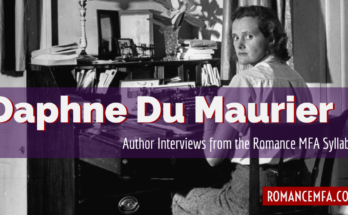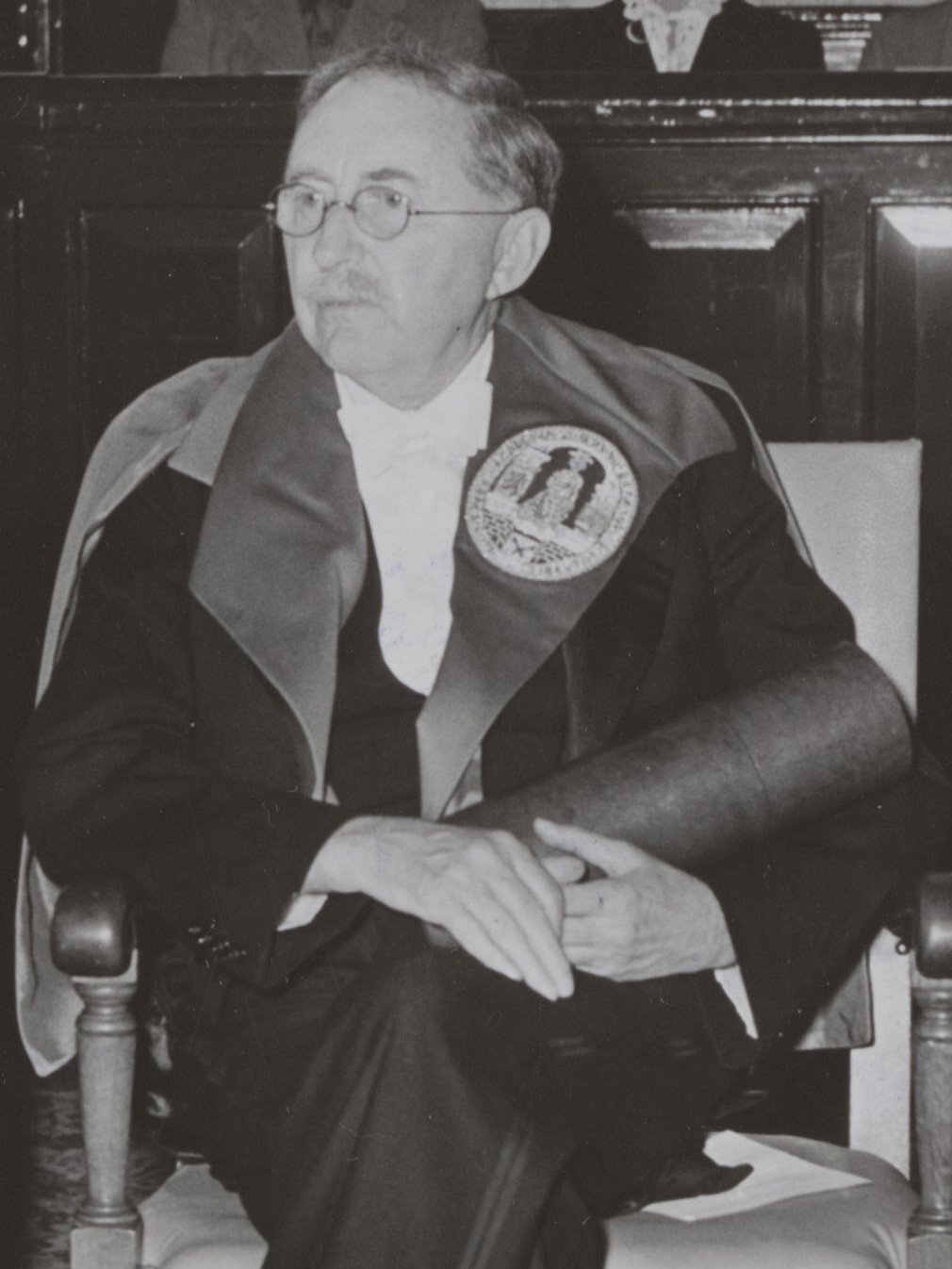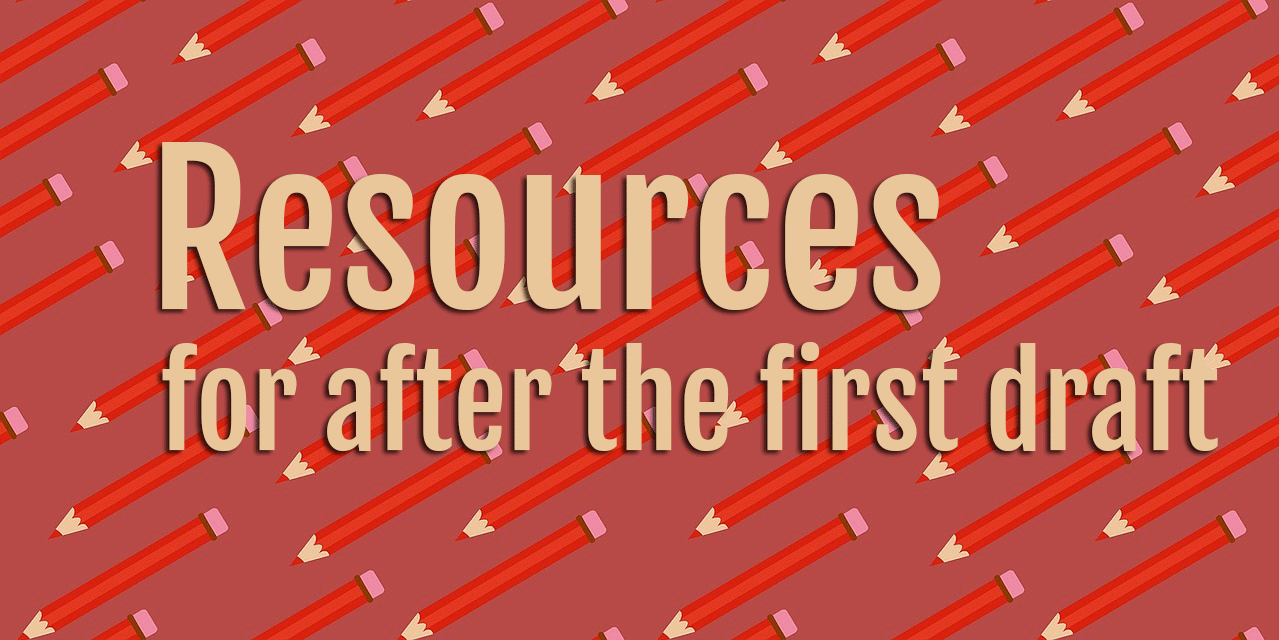It’s been quiet on the blog while I finished up novel revisions and packed off the manuscript to my editor last week. Now it’s on to the next book, which means figuring out, more or less, what’s going to happen. I have a meetcute and an angsty emotional scene somewhere in the middle, and the rest? Well, if it’s October it must be time to talk about bones–book bones. Here are some resources on romance novel plotting.
First, I was looking at Blake Snyder’s “Save the Cat” structure, which comes from screenwriting. Pat Haggerty writing in 2013 for Romance University lays out both the structure, and how to put it into Scrivener:
In STC you start with your logline; that one “What is it and what’s it about” sentence that sums up your whole story. Since you want to be able to review your logline at any point in your writing (even though it might change over time) a great place for it is in Scrivener’s “Project Notes” section. “Project Notes” sit at the bottom of the inspector pane on the right side of the Scrivener interface.
Jami Gold also has a Romance Beat Sheet to work through, with numbers for the analytical among us.
Ta-da! The Romance Planning Beat Sheet separates out the Romance Arc but follows the same structure as a normal beat sheet. It combines some of the beats from Blake Snyder’s Save the Cat and Larry Brooks’s Story Engineering and mixes in all the internal character arc stuff from Michael Hauge’s Six Stage Plot Structure as well as his teachings about using Identity and Essence for great love stories.
Many people speak highly of Gwen Hayes’ book Romancing the Beat, which I haven’t read yet because I bought a print copy and apparently I don’t read print anymore.
Here’s Tessa Dare’s review of Romancing the Beat as posted on Amazon.
This little book is exactly what I’ve been wishing for! For several years, I’ve been a fan of Blake Snyder’s _Save the Cat_ and his “beat sheet.” However, StC was written for screenwriters, and some of its beats don’t easily translate to novels. In this book, Gwen Hayes lays out a four-act structure and a fresh set of story beats that are specific to the romance genre. The book is concise, engaging, and useful for any subgenre.
Another plotting article from Jami Gold, this time at Writers Helping Writers, on the topic of hooks as used in TV writing.
Just as readers might put down a book at the end of every scene, every commercial break in a TV show can prompt viewers to change the channel. So TV writers structure their stories into acts, one between each commercial break.
For conceptualizing the smaller chunks of your novel, here’s a piece from Jenny Crusie on writing “blurbs” for each act of your novel.
This may seem like a waste of time unless you’ve ever tried to organize a long novel with a lot of characters and subplots. For that kind of story, this kind of shorthand can be a lifeline. There aren’t any rules for doing act blurbs because they’re just there for my use, much like discovery drafts, but I do think that constructing the blurbs with clear relationships in the sentences helps organize the content of the story at large.
Here’s an 8-part video series on plotting your romance novel, from Sarra Cannon’s Heart Breathings blog. The eight topics covered are
- Overview of Story Structure and Why I Plot
- Writing Great Characters
- Elements of Act One
- The First Half of Act Two
- The Second Half of Act Two
- Elements of Act Three
- Bringing It All Together
- What Happens If You Get Stuck?
Whether you’re prepping for your first Nanowrimo or just reworking novel #78, I hope you will find some of these resources useful. What’s your go to for book structure? Let me know in the comments or hit me up on Twitter – @RomMFA
Header image via Pixabay.



